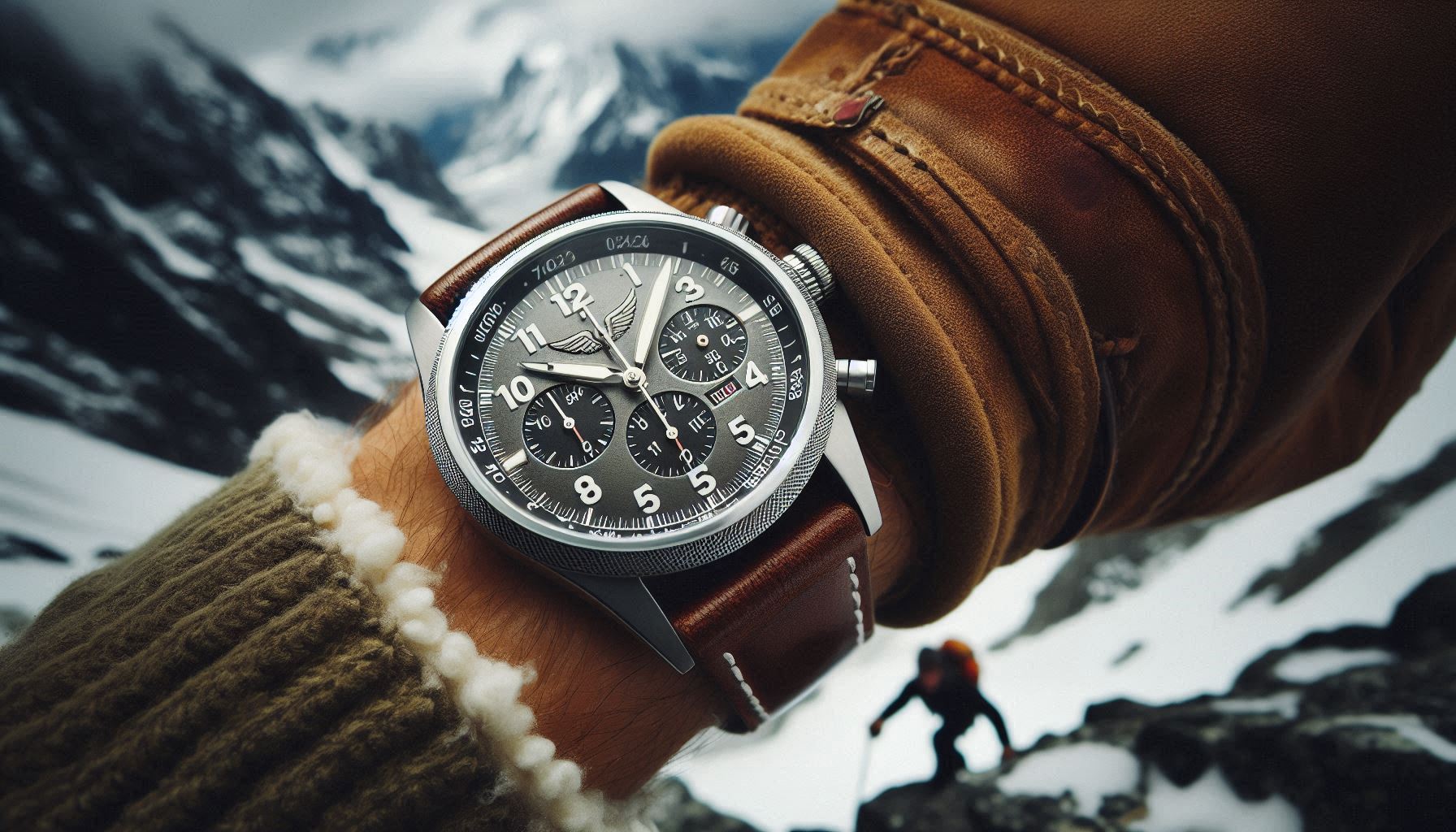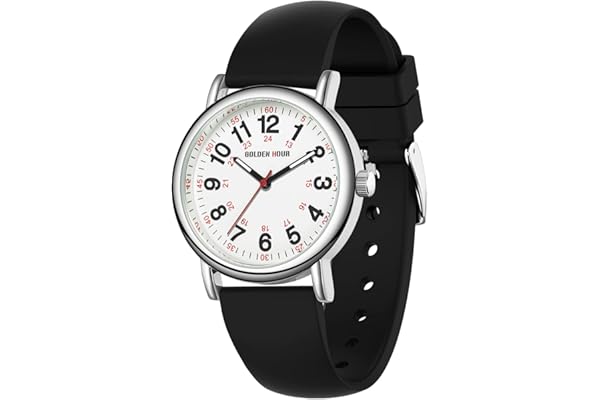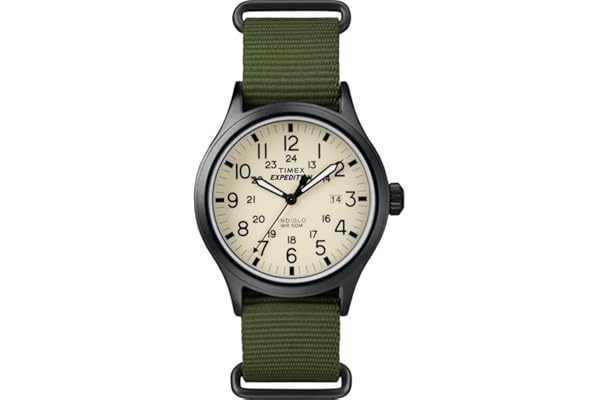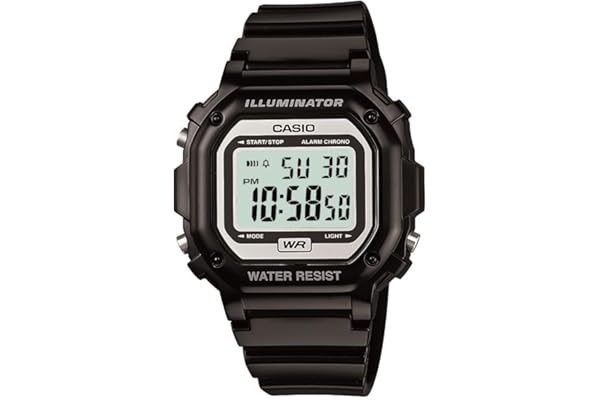Aviation-Inspired Watches: History and Distinctive Features
Contents
The Origins of Aviation Watches
The history of aviation watches is deeply intertwined with the evolution of flight itself. As aviation technology advanced in the early 20th century, the need for reliable timekeeping devices became apparent. Pilots required watches that could withstand the rigors of flight and provide accurate timekeeping under various conditions. The first aviation watches were developed during World War I when military pilots needed precise instruments to coordinate missions and navigate effectively. These early models were characterized by their large dials and luminescent hands, which allowed pilots to read the time easily, even in low-light conditions.
One of the pioneering figures in aviation watches was Louis Cartier, who in 1904, created the Santos watch for his friend Alberto Santos-Dumont, a Brazilian aviator. This marked one of the first instances of a wristwatch specifically designed for aviation. The Santos watch featured a square case and a robust leather strap, making it both stylish and practical for pilots. As aviation gained popularity, more watchmakers began to develop timepieces tailored to the needs of pilots, setting the stage for the aviation watch industry.
In the 1930s and 1940s, aviation watches evolved further with the introduction of chronographs and other complications that aided pilots in performing calculations related to fuel consumption, distance, and speed. Brands like Longines, Breitling, and IWC emerged as leaders in the field, producing watches that were not only functional but also stylish, capturing the adventurous spirit of aviation. These watches often featured rotating bezels, large crowns, and multiple sub-dials, elements that have become synonymous with the aviation watch aesthetic.
Key Features of Aviation Watches
Aviation watches are renowned for their distinctive features that cater to the specific needs of pilots. One of the most recognizable characteristics is the oversized dial, designed for optimal readability. The large numerals and hands are often coated with luminescent material, ensuring visibility in dim cockpit lighting. Additionally, many aviation watches include a chronograph function, allowing pilots to measure elapsed time and perform calculations crucial for navigation and flight operations.
The rotating bezel is another hallmark of aviation watches. This feature enables pilots to track elapsed time or calculate fuel consumption without the need for additional tools. Some models also incorporate a slide rule bezel, which facilitates complex mathematical calculations, making it an invaluable tool for pilots in the pre-digital era. The bezel’s functionality and ease of use have made it a staple feature in aviation watches, appreciated by both professionals and enthusiasts.
Durability and precision are paramount in aviation watches. These timepieces are often constructed with robust materials such as stainless steel or titanium to withstand the harsh conditions of flight. Many models are also equipped with anti-magnetic and anti-shock features to protect the movement from the vibrations and magnetic fields encountered in aviation environments. Water resistance is another essential attribute, ensuring the watch remains functional in various atmospheric conditions.
 Armitron Sport Women's Digital Chronograph Resin Strap Watch, 45/7012 $12.88 | 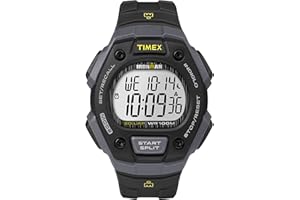 Timex Men's Ironman Classic 30 38mm Watch $31.94 - $72.99 | 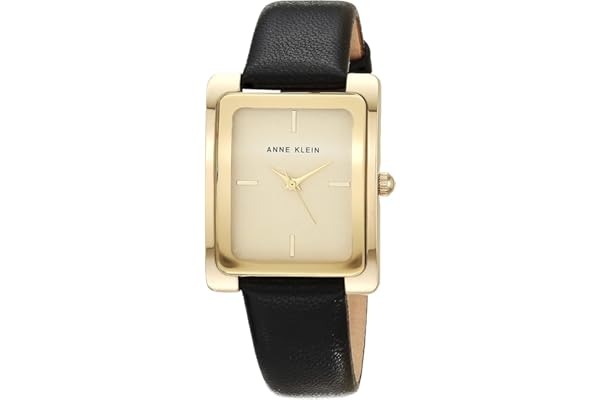 Anne Klein Women's Leather Strap Watch $20.27 - $49.73 |
The Role of Aviation Watches in World War II
World War II was a significant period for the development and proliferation of aviation watches. During the war, pilots from various nations relied heavily on these timepieces for navigation and mission coordination. The demand for reliable and precise watches led to significant advancements in design and technology, solidifying the aviation watch’s place in horological history. Notably, the British Ministry of Defence commissioned the “Mark XI” watch, produced by brands like IWC and Jaeger-LeCoultre, which became a standard issue for Royal Air Force pilots.
German pilots also had their own iconic aviation watches known as “Flieger” watches. These timepieces were characterized by their simple yet highly legible dials, featuring large Arabic numerals and a triangle marker at 12 o’clock for quick orientation. The Flieger watches were produced by several manufacturers, including A. Lange & Söhne and Stowa, and remain popular among collectors and aviation enthusiasts to this day.
The end of World War II saw the transition of aviation watches from military tools to commercial products. The post-war era witnessed a boom in civil aviation, and with it, a growing interest in aviation watches among the general public. Brands capitalized on this trend by producing models that combined the functionality required by pilots with the aesthetic appeal desired by consumers. This period marked the beginning of aviation watches as a staple in the luxury watch market.
Modern Innovations in Aviation Watches
Today, aviation watches continue to evolve, incorporating modern technologies while maintaining their classic design elements. One of the most significant innovations is the integration of GPS technology, allowing pilots to access precise global positioning data directly from their wristwatch. This advancement has revolutionized navigation, providing real-time information and enhancing safety during flights.
Many contemporary aviation watches also feature advanced materials such as ceramics and carbon fiber, which enhance durability and reduce weight. These materials, combined with state-of-the-art movements, ensure that modern aviation watches can withstand the demands of both professional and recreational pilots. Additionally, smart functionalities, including connectivity with smartphones and digital displays, have expanded the capabilities of aviation watches, offering features such as weather updates, flight tracking, and more.
Despite these technological advancements, the essence of aviation watches remains rooted in their history and functionality. Brands continue to honor the heritage of these timepieces by preserving key design elements such as the oversized dial, rotating bezel, and luminescent markers. This blend of tradition and innovation ensures that aviation watches remain relevant and appealing to a broad audience, from seasoned pilots to watch enthusiasts.
The Enduring Appeal of Aviation Watches
Aviation watches hold a unique place in the world of horology, celebrated for their historical significance and distinctive design. Their enduring appeal lies in their ability to blend functionality with style, making them suitable for both professional use and everyday wear. For collectors, aviation watches represent a connection to the pioneering spirit of flight and the technological advancements that have shaped the modern world.
These timepieces also serve as a testament to human ingenuity and the relentless pursuit of precision and reliability. Whether it’s the thrill of exploring new horizons or the nostalgia for the golden age of aviation, aviation watches evoke a sense of adventure and exploration. Their versatility and timeless design ensure that they remain a popular choice among watch enthusiasts and collectors alike.
In conclusion, aviation-inspired watches are more than just timekeeping instruments; they are symbols of progress, innovation, and the enduring spirit of exploration. Their rich history, combined with modern advancements, makes them a fascinating subject for both horologists and aviation aficionados. As the aviation industry continues to evolve, so too will the watches that accompany it, ensuring that the legacy of aviation watches endures for generations to come.
